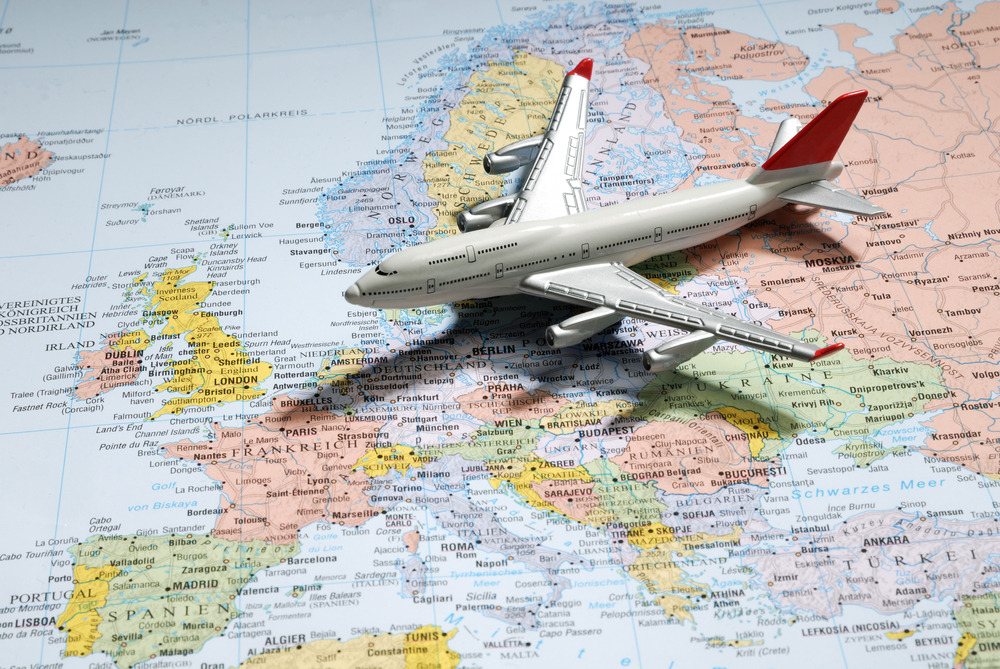Status
Completed
Period
19-31 May 2022
Applicant
Prof. Joanna Ida Sulkowska
Home Institution
University of Warsaw, Warsaw, Poland
Host Contact
Prof. Mehran Kardar
Host Institution
Massachusetts Institute of Technology (MIT), Boston, United States
Aim of the mission
The goal of this STSM application was two-fold: on one hand scientific, and on the other hand personal, which is focused on my development towards a mentor model in science. Scientifically, my aim was to establish a new collaboration between my group and experts from Massachusetts Institute of Technology (MIT) and Northeastern University (NU), based on new results obtained in my group. During my stay in USA I received a desk to work in Prof. Kardar’s group at MIT.
Summary of the Results
Step 1 During my time at MIT, I had discussions with Prof. Mehran Kardar and members of his group. I described my laboratory results and we talked about possibility of folding proteins with non-twist type of knot. Currently I’m further exploring this possibility based on the model constructed through step 2. Moreover, during my stay, I discussed with Prof. Kardar another interesting project, which concerns statistical physics and medical applications, and identification of crucial mutation in HIV protease https://journals.aps.org/pre/abstract/10.1103/PhysRevE.93.022412. This protease possesses a non-trivial topology such as lasso, thus this topic is consistent with the goals of the Wg3 group.
Step 2 My next goal was to construct a multiscale model, based on SMOG software developed by the group of Prof. Whitford, to investigate folding pathway of a protein with double knot. During my stay I had very constructive discussions with Whitford, and we made precise planning how to modify the current version of the SMOG model. We found that the best model includes all-atom representation of close vicinity of the nascent chain (beads in the distance of 5 A) and application of pushing force to the newly formed amino acid. Moreover, I discussed with Whitford the advantages and disadvantages of ribozome models deposited in PDB in terms of model building. I was not aware that not all models deposited in PDB are correct. This information is crucial for establishing the correct model which was discovered only due to direct discussion. Additionally, during my stay in USA my group in Warsaw determined crystal structure of a doubly knotted protein. Thus, in consequence we hope that now we have all elements to discover its folding pathway. Step 3, my last aim was to meet with Fabian Ruehle from Northeastern University (NU) to apply reinforcement learning (RL) method (developed inter alia by Ruehle) to non-trivial topological structures, such as theta-curves, and hand-cuffs generated by my team, to show that such approach can be used to detect non-trivial topology. However, due to the covid situation and traveling of Fabian Ruehle, I was not able to meet with him. However, Fabian Ruehle will be in Warsaw between 11-15 July, and we will meet during this time.
I also participated in excellent seminars which extended my general knowledge.
Discussions with Prof. Kardar and his lab members led me to a new idea how to investigate folding of proteins with non-twist type of knot, e.g. doubly knotted proteins. Based on the discussion with Whitford, we are going to construct a multiscale model, based on SMOG software, to explore folding of proteins with non-twist type of knot.
Additionally, I started investigations of possible mutations in HIV protease from the point of view of lasso topology location along the sequence. Finally, I hope I will start a new collaboration with Shenshen Wang from UCLA, who was giving seminar at MIT.
STSM fellowship allowed me to directly observe how interdisciplinary research groups are run, and how to motivate and support young faculty members, especially after the pandemic. I think it was a very
successful trip.
Dissemination

